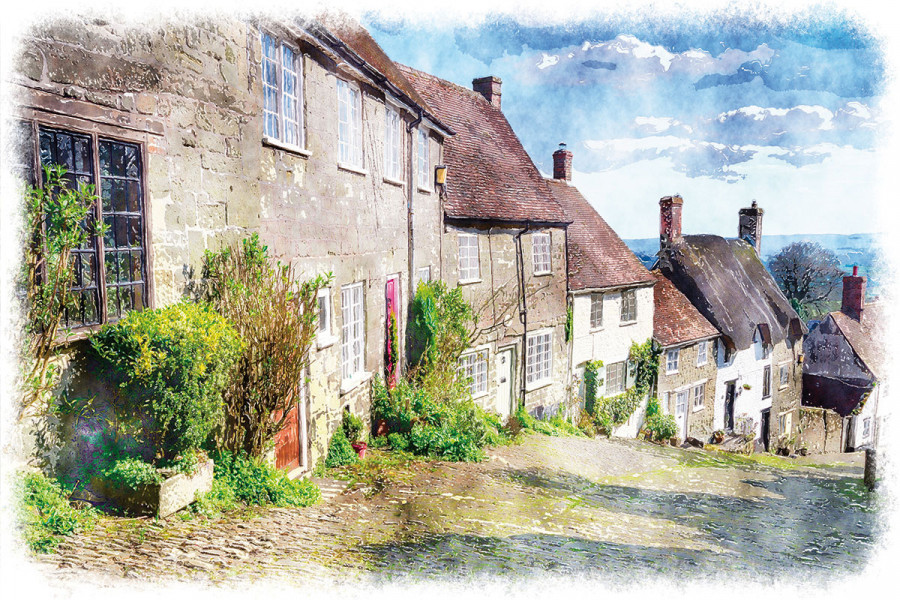I want to receive new articles by email
The Village of Memories
By Jerry Brownstein
The Dutch government has come up with an innovative way to take care of Alzheimer’s patients that is completely different from the clinical feeling of a typical nursing home. On the outskirts of Amsterdam they have created the “village” of Hogewey which opens new possibilities for the future of elderly care. On the surface it looks like any small village with a town square, shops, theatre, garden, post office, etc.. But there is one big difference... the village is not real and all of the residents are elderly people in various stages of dementia. They are part of a living experiment to see if familiar surroundings can make a positive difference in the health and happiness of those who have this disease.

The concept is somewhat like the film ‘The Truman Show’ which is about a man named Truman who, unbeknownst to him, has been raised from birth on the set of a reality television show. Truman is completely unaware that the town he lives in is a movie set, and that he is being filmed at all times, and that everybody he encounters is an actor. Similarly, the residents of Hogewey feel that they are living in a real village, yet it is actually more like a movie set. Cameras monitor the residents every hour of the day, and caretakers are always around, but they dress and act as if they are normal people of the village. To the residents they seem like shopkeepers, gardeners, cashiers, post-office clerks, etc..
Another important element that makes Hogewey so different is its approach to housing. There is not the ‘hospital feeling’ like at typical old age facilities. Residents live in stylized homes that are built and furnished to look and feel like the time period when their short-term memories stopped functioning. There are homes resembling the 1970s, 1980s, and 1990s, and all are accurately reproduced in every detail to help the residents feel comfortable in familiar surroundings. Six or seven residents live together in each house, along with one or two caretakers.

This ‘village’ has been operating for several years and the results are incredibly positive. Residents at Hogewey require fewer medications, eat better, live longer, and appear much more joyful than those in standard elderly care facilities. The considerable success of Hogewey calls into question how much of the suffering of dementia is caused by the disease, and how much is the result of the way we treat it. A traditional nursing home with its clinical appearance and formal caretakers is constantly communicating a negative message to the residents: “You are sick, you can’t take care of yourself, you are always forgetting things.”
But Hogewey conveys a different message because the residents live in a place that looks and feels like home… even though it’s not. What others know to be a façade, they see as reality, which may help them to feel normal even in the midst of their illness. This fits with the concept that psychologist Donald Spence calls “narrative reality”. Simply stated it means that when you are in a place that seems normal you no longer feel lost. •








